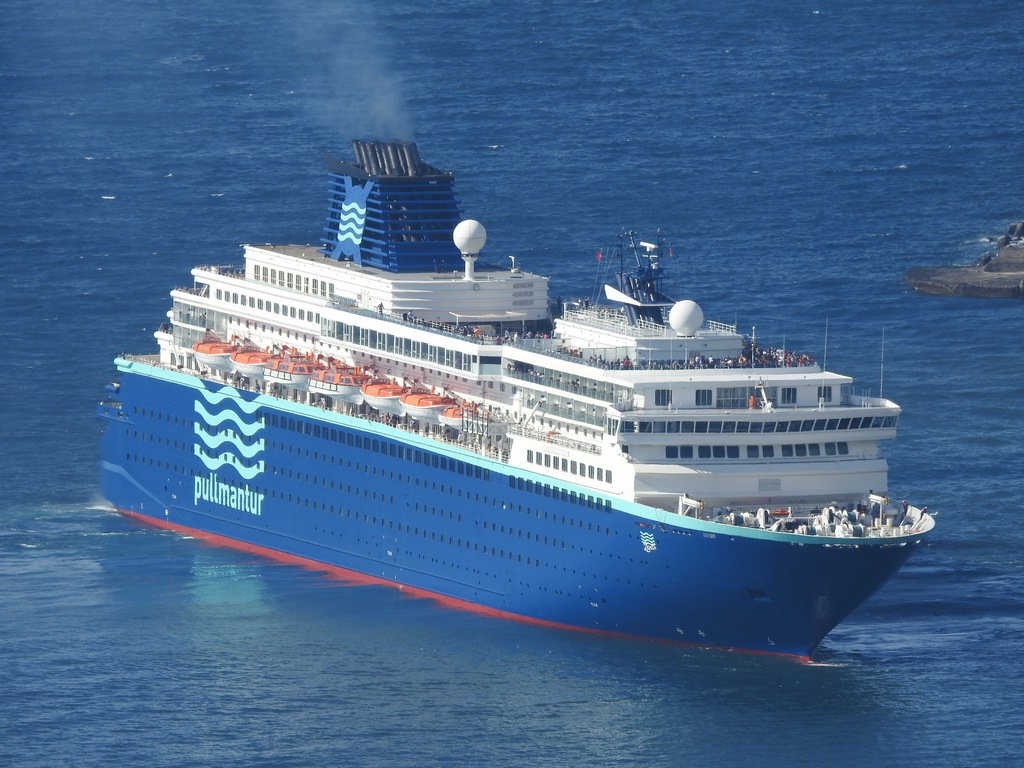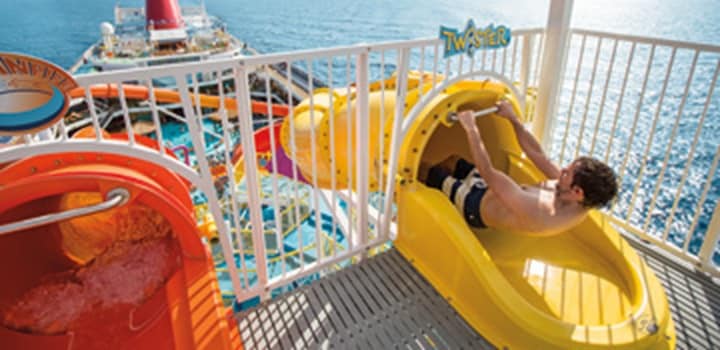
Since ancient times, the Rhone has been an important inland waterway, connecting central and eastern Gaul to the Mediterranean. The river was used as a trade route in medieval times, linking towns such as Avignon and Vienne with the Mediterranean. It also transported goods via barge and passengers on horse-drawn water coaches. Today, the river flows through France as well as Switzerland.
Route of the Rhone
The Rhone river is a major waterway. It was an important transportation link between northern France and southern France in the past. Similar tunnels were constructed under mountain barriers in Switzerland's Rhone valley. Recent improvements have made the river more navigable. Dams as well as canals have helped remove shoals and elevate the river's level.
The Rhone River Cycle Route begins in central Switzerland's high Alps, and runs west past Lake Geneva. It then continues south to the Mediterranean close to Marseille. The route passes through Switzerland's cantons Vaud, Geneva, and Valais. It then turns south to the Mediterranean near Marseille. The rest of the route is in France, mostly along the Rhone-Alpes region. It ends at the border with Provence-Alpes -Cote d'Azur and Languedoc Roussillon.
Places to visit along the Rhone
To discover the historical and cultural heritage of the Rhone river region, there are several places to visit. Pont Saint-Esprit with its 26 arches is one of the oldest bridges over the river. It was built in 1265 and 1309, making it one of the oldest bridges along the river. It connects Languedoc with Provence.

Another town to visit is Valence, a riverfront city that pays homage to its Gallo-Roman heritage with its medieval walls and medieval castle. It's also home to the Theatre Romain, which puts on summer productions. Other attractions include Valence Museum, which contains art from 1600 to the present. Parc Jouvet on the riverfront is another beautiful spot to visit, known for its historic buildings and enchanting scenery.
Economy of the Rhone Basin
Over the centuries, the Rhone river has been used as a river transport route. However, the management of the river has evolved to include other uses such as energy production. CNR established 19 multipurpose plants totaling 3000 MW between 1948 and 1986. With climate change, the river's flow amplitude is expected to decrease by 50 to 75% during periods of low water.
The Rhone basin is a complex system of natural and socio-economic components. The changing riverscape reflects this interplay. The basin's hydrological regimes have been significantly altered by climate change. Furthermore, the policy environment is changing and putting pressure on different water uses. Additionally, policies in the energy sector are moving towards renewable sources.
Locks on the Rhone
The Rhone River used to be a strong and unpredictable force. However, locks helped it to be controlled for many centuries. These locks helped to prevent flooding and provide hydroelectric energy, which allowed people and goods all year long to travel along the river. The rivers current speeds up to 10km/h. The first locks of the Rhone were built in China. They were only used in Europe in the 14th century. Leonardo da Vinci is known for inventing the idea of a locked room with two pairs gate. His design of canal locks is one of his greatest accomplishments.
River cruising without locks would be impossible. Without the locks, river depths would be too high to pass under bridges, and too low to float. Because of this, locks are vital to river cruising.

Landscapes along the Rhone
The stunning scenery along the Rhone river banks makes for a spectacular sight. The river banks are covered with trees that attract wildlife and bees. Many flowers and grasses can be found alongside these trees. The landscape also reflects the natural geometry of the river. The river is stunning and boaters can explore the valley and the towns and villages below.
The Rhone flows from the mountains to the plain. It is initially narrow, but it becomes more open as the valley narrows. At Lyon's confluence the Rhone merges with the Saone. The Rhone then flows into Lake Geneva where it forms an expanding delta.
FAQ
What is a cruise vacation like?
An all-inclusive vacation on a cruise ship is the best description. You are taken care of at all times. You can access everything from restaurants, spas, entertainment, activities, excursions, etc. You can enjoy your stay and also relax. The only thing that you need to bring with you is your sense of adventure!
Which place should I take on my cruise vacation?
You need to decide where you want go, if your goal is to visit different ports. These details can also be used to help you narrow down your search. For instance, if you love history, you might want a cruise that visits places such as Alaska, Bermuda, Canada, England, France, Greece, Italy, Mexico, Spain, Turkey, etc. A cruise that includes places such as Jamaica and Tahiti can be a good choice if you're more into water sports and beaches.
Cruise vacations are popular.
A cruise is a great option for travelers who don't want the hassle of long flights and delays. You can also relax in a serene environment where you don't have to worry about your schedule or any other aspects of daily life.
Also, cruise ships make it easy to visit different locations on land or at sea. This gives travelers plenty of time for all the attractions and sights that are available in each location.
What does a cruise vacation cost?
A cruise vacation costs $1,000 per head plus taxes. The average cost for a family vacation is $4,200. This includes all meals and drinks, entertainment, activities as well gratuities.
Is food allowed on a cruise?
The answer is yes All cruises come with complimentary food. You will have to pay for drinks if you want to enjoy them.
The cost of a cruise depends on the ship you're sailing on. If you are cruising on a luxury liners, expect to pay $20-30 per person for every drink. You'll probably pay around $10-15 per person if you sail onboard a smaller vessel.
Statistics
- You'll need to budget around $80 per person per day for this option – and an additional 18% gratuity. (travel.usnews.com)
- *20% Gratuities Apply on Free Unlimited Open Bar; Free Specialty Dining. (ncl.com)
- The line estimates savings of 50% when you purchase this bundle. (travel.usnews.com)
- In addition, 10 to 15 percent gratuity is typically added to bar bills — for alcohol and soft drinks — and gratuities are applied to spa treatments. (cruiseline.com)
External Links
How To
How to keep safe while on a cruiseship
Before you embark on your cruise, there are many things that you need to know. You must understand how to behave when onboard so you don't get into trouble. Here are some safety tips that will help you enjoy your trip.
-
Always be aware of what is happening around you. On cruise ships, people often congregate, especially at mealtimes. Because you are surrounded with people who want to talk and eat, it is easy to get distracted from your tasks. Do not let people distract you from your task. You should tell someone to stop doing something that is dangerous like smoking or drinking alcohol.
-
Your room key should always be with you on board the ship. If you get lost or need to be found, this will help you to locate your shipmates. You should also have your passport on you.
-
Keep your valuables out of sight. Many cabins have drawers underneath the bed. That's a great place to store valuables such as passports, credit cards, and money. Make sure that nothing valuable is visible from plain sight. Your bags should be kept in the closet, so that no one can see them.
-
Keep hydrated. It can be hard to remember that cruise ships provide ample water. Take advantage of the free bottled water available throughout the ship. Try to avoid getting dehydrated. You will feel tired and cranky which can lead to accidents or fights.
-
Pay attention to the announcements. Announcements are posted everywhere, including on TV screens and public address systems. They include safety procedures, emergency exits, and even weather reports. These announcements should be heeded. These announcements might save your own life.
-
Always lock the cabin before you leave. No matter how friendly or helpful a crewmember may appear, lock your cabin. Thieves can often get in through unlocked doors. You should ask the crew for permission before you use the restroom.
-
Avoid going overboard alone. The crew will need to wait for you to be rescued if you do fall overboard. Sharks and other marine creatures might be attracted to you while you wait. Waiting until help arrives is the best option.
-
Never smoke inside the elevator. These elevators are pressured, which means smoke can quickly build up. If you feel dizzy and lightheaded, it is best to get out immediately. Although the air outside may be fresh, that doesn't mean your breathing is safe.
-
Learn the evacuation procedure. Each year thousands of people are killed by being stuck in elevators. If an emergency occurs, follow the instructions on the screen.
-
Learn the basics of the fire drill. Fire drills happen regularly, usually once per day. During a drill, everyone on deck has to evacuate. Follow the directions given by the crew members. When the drill is finished, return to the cabin and lock your door.
-
Ask questions before accepting food or drinks. Cruisers are often concerned about food poisoning. It is common for people to not realize that certain foods can't be eaten onboard ships. On most cruise ships, raw oysters are prohibited. If you aren't sure if the food being offered to you is safe, politely decline and choose another meal.
-
Use the pool with caution There have been numerous instances of people accidentally falling into the pools. It is possible to slip and fall into the pool without being noticed. You can also slip and fall off the deck at any moment. So always wear proper footwear and pay attention to your surroundings.